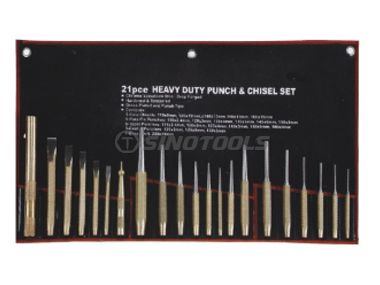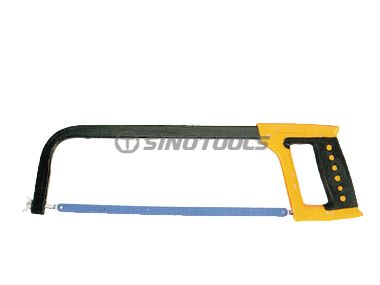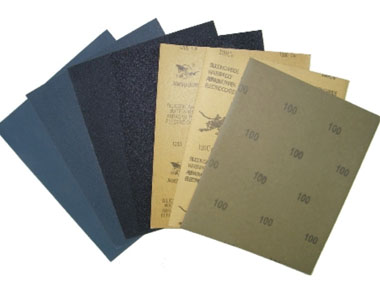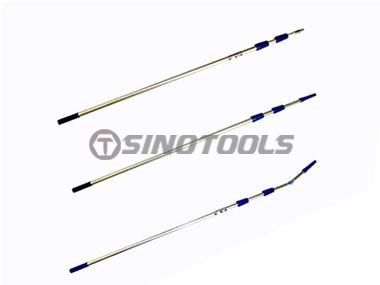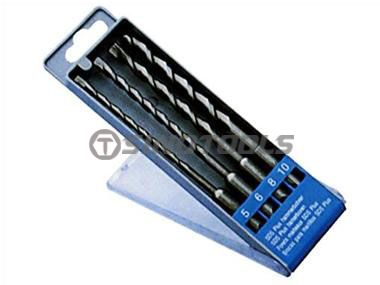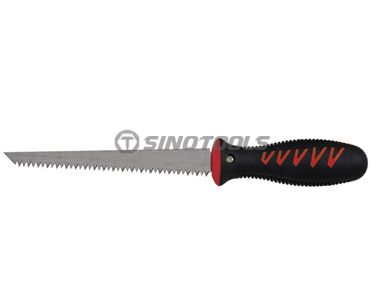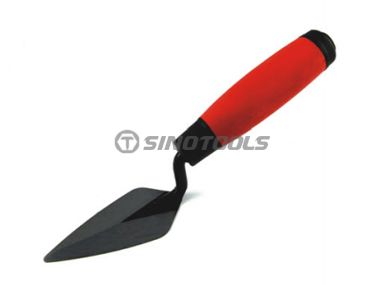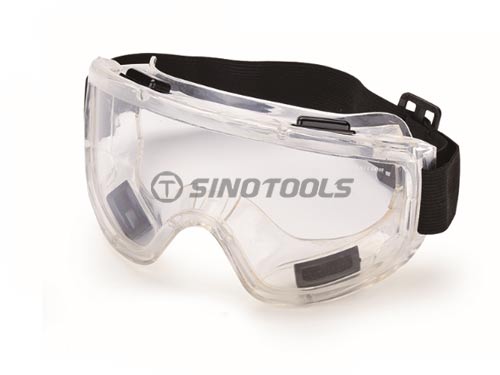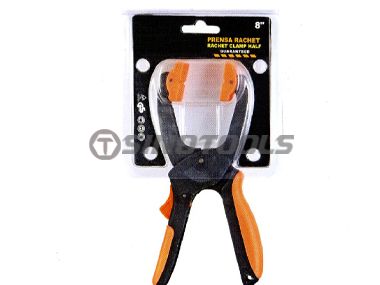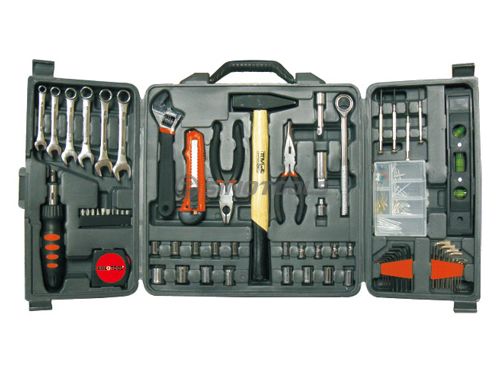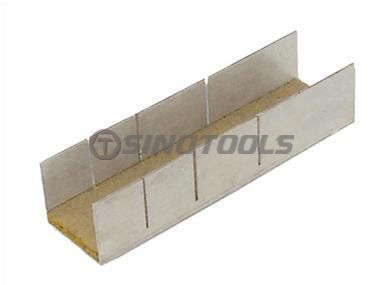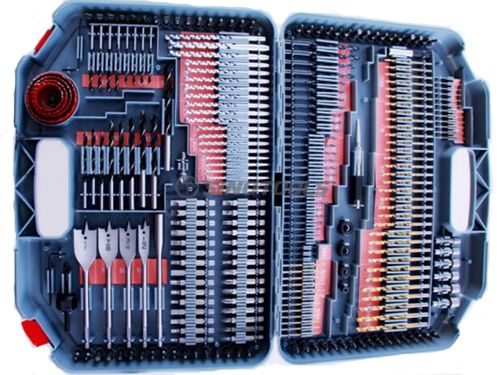In the vast landscape of cutting tools, the choice between diamond saw blades and other cutting blades is a critical decision that can significantly impact the outcome of various projects. Each type of blade comes with its unique set of features, advantages, and applications.
In this comprehensive article, we will explore the differences between diamond saw blades and other cutting saw blades, shedding light on when and why one might be favored over the other in different contexts.
Advantages of Diamond Saw Blades
1. Exceptional Hardness: Diamond saw blades derive their cutting power from the hardness of diamonds, the hardest naturally occurring material. This exceptional hardness allows diamond blades to cut through a wide range of materials with precision and efficiency.
2. Versatility in Material Types: Diamond saw blades exhibit remarkable versatility, making them suitable for cutting through hard materials such as concrete, asphalt, stone, and even metals. This adaptability makes them a preferred choice in industries ranging from construction to metal fabrication.
3. Longevity and Durability: Diamond blades are known for their longevity and durability. The hardness of diamonds ensures that these blades maintain their sharpness over an extended period, providing consistent cutting performance throughout their lifespan.
4. Precise and Clean Cuts: The precise and clean cuts produced by diamond saw blades make them ideal for applications where accuracy is paramount. Whether it's intricate masonry work or precise tile cutting, diamond blades deliver impeccable results.
Choosing the Right Saw Blade
1.Material Type: Consider the hardness of the material you are cutting. Diamond blades excel in cutting through hard materials, while other blades may be more suitable for softer substances.
2.Precision Requirements: If the project demands precise and clean cuts, especially in applications like masonry or tile work, diamond blades are the preferred choice.
3.Project Scale and Budget: The scale of the project and budget considerations also play a role. While diamond blades may have a higher initial cost, their longevity and cutting efficiency may justify the investment in the long run.






 Catalogue
Catalogue 





